|
Some of you have been eager to hear what I did whilst on art residency in the UK earlier this year. I would like to share with you my creative journey as one of the lucky artists commissioned to paint a globe sculpture as part of the exciting project by The World Reimagined. About The World Reimagined The World Reimagined is a ground-breaking, vibrant art education project to transform how we understand the Transatlantic Trade in Enslaved Africans and its impact on all of us so that we can make racial justice a reality, together. Supported by Official Presenting Partner SKY, the project will see a trail of large Globe sculptures across seven cities including: Birmingham, Bristol, Leeds, Leicester, Liverpool City Region, London, and Swansea. From 13 August to 31 October 2022, the globes will be displayed across these cities, inspiring and galvanising communities to better understand what it means to be Black and British. Bringing to life the reality and impact of the Transatlantic Trade in Enslaved Africans by remembering the past, whilst still moving forward - celebrating the spirit and culture that has endured so much suffering. With support from The Arts Council England, the Caribbean artist residences have delivered significant, proven community benefit to the host cities. The trails will be the centre of learning, community and heritage programmes that invite everyone to take part: www.theworldreimagined.org/ 'Home from Home’ As a British born artist who migrated back to the Caribbean island of Dominica four years ago, this was an ideal opportunity to reflect on my return to England as one of the Caribbean artists commissioned by The World Reimagined. The Six week arts residency was spent between two sites, Wysing Arts Centre in Cambridgeshire, England and Hospitafield Arts Centre in Arbroath, Scotland. This blog post explores the first three weeks at Wysing which was a research and development phase. The following post will cover the second phase in Scotland and painting of my design onto a sculptural globe. March 10th Journey Over I am grateful for this amazing opportunity, to explore, create and reconnect to the British landscape, the place of my birth and home for most of my adult life, before relocating to Dominica four years ago, 'Home' is something I reflect as I explore concepts of up rootedness and migration which inform my practice. Reflection on how I connect to both the Dominica and the United Kingdom as ‘Home’ is inevitable with the Caribbean having such an entangled colonial history. Crossing the Atlantic Ocean, masked up, holding my corner on the long plane journey over from Dominica, limited conversation in these ‘Covid times’. How quickly as humans we form habits, segregate, make others feel ‘different’ and alienated. I reflect on the wars taking place, lives uprooted and the resulting trauma. I question, is the global situation today a continuation of the same story of economics, greed and dominance, is it all interconnected ? 14th March 2022 Wysing Arts, Centre The first three weeks of my residency were spent at Wysing Arts Centre, a beautiful and welcoming arts space set in the Cambridgeshire countryside. A space for artists to reflect, experiment and create. As I ventured outside I was struck by the beauty and freshness of the season of spring. The plants I am so familiar with burst forth from moist soil with healthy new growth; nettles, daisies and brambles. Greeted by a sunny headed dandelion…I smiled, so different to the species I have seen in Dominica with their droopy heads, but family all the same. A thorny bramble caught my arm, pulling me back…reminding me to be careful but confident in my step. I wandered along grassy verges, clambered over wooden stys into fields and bare branched woodland. How great it feels to be free. Through the trees I caught glimpses of an impressive church steeple. I passed a man with dog and we greeted each other briefly, moving on. I recall feeling slightly uncomfortable and glanced back long after…reaffirming my senses as in the distance he stood and stared in my direction. I emerged into the village of Bourne to the welcome sound of children playing in a school yard, past quaint houses with neat gardens and straw thatched roofs which took me back in time. 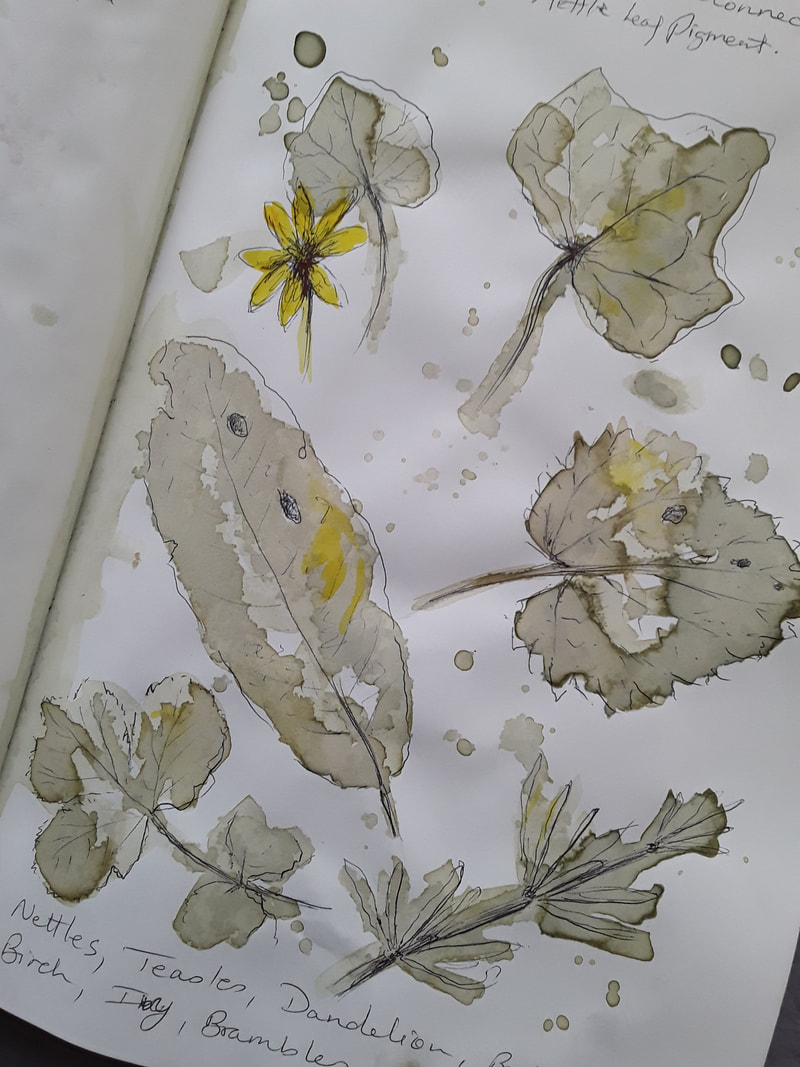 Watercolour sketch using pigment extracted from fresh nettle leaves on site 15th March On opening the door to a cold, grey and wet day, I promptly closed it back. I have become disconnected to the cold British weather and felt the need to now mentally prepare for outside. I took advantage of the grim weather for indoor explorations of the Wysing site, where I enjoyed the gallery space and ‘A Tender Ascent’, an immersive audio – visual installation. This show brought together choreography, sound and sculpture, a culmination of experimental collaboration between choreographer Maeva Berthelot and musician, vocalist and DJ Coby Sey, with sculptures by Andre Bavard. The surround sound and boom boxes in the seats worked well with the imagery taking the body through a powerful and very emotive trip. Time was spent also looking through the portfolios of artists who hold studio spaces here and had interesting conversation and sharing with staff and artists as they came and went. There is a community spirit here and great to know there are spaces like this where artists feel at home. For me it is important to touch base with feelings after a long journey and explorations of ’cultural duality’. What does it mean to be ‘at home’ in two contrasting geographical and cultural locations where weather, landscape and culture all contrast? This opportunity is a luxury as an artist and I value lone time and opportunities to connect with other creative minds. 16th March Creative threads |
Archives
June 2023
Categories
|
Proudly powered by Weebly
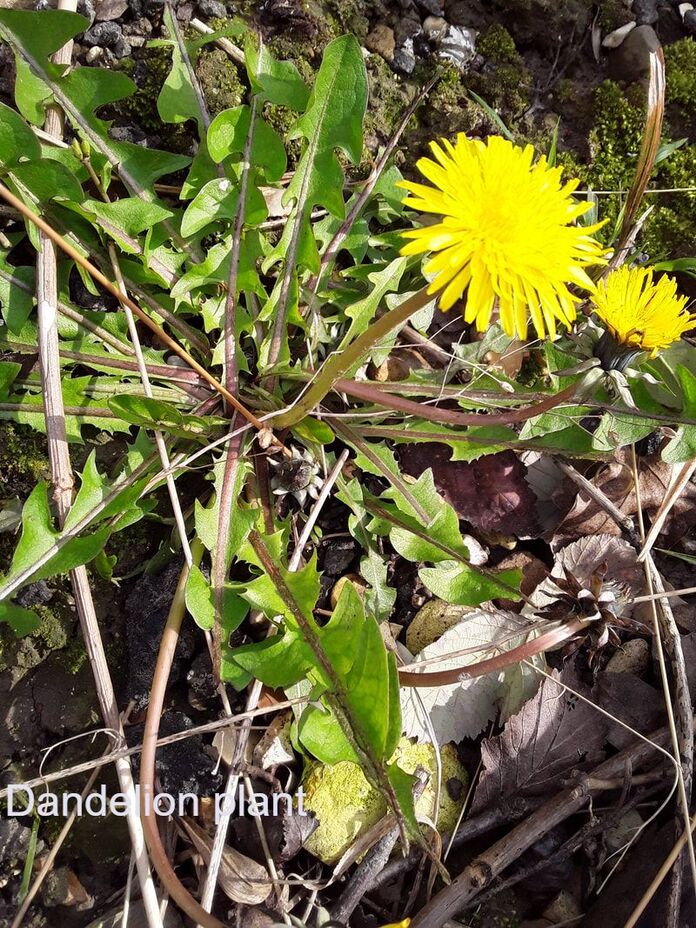
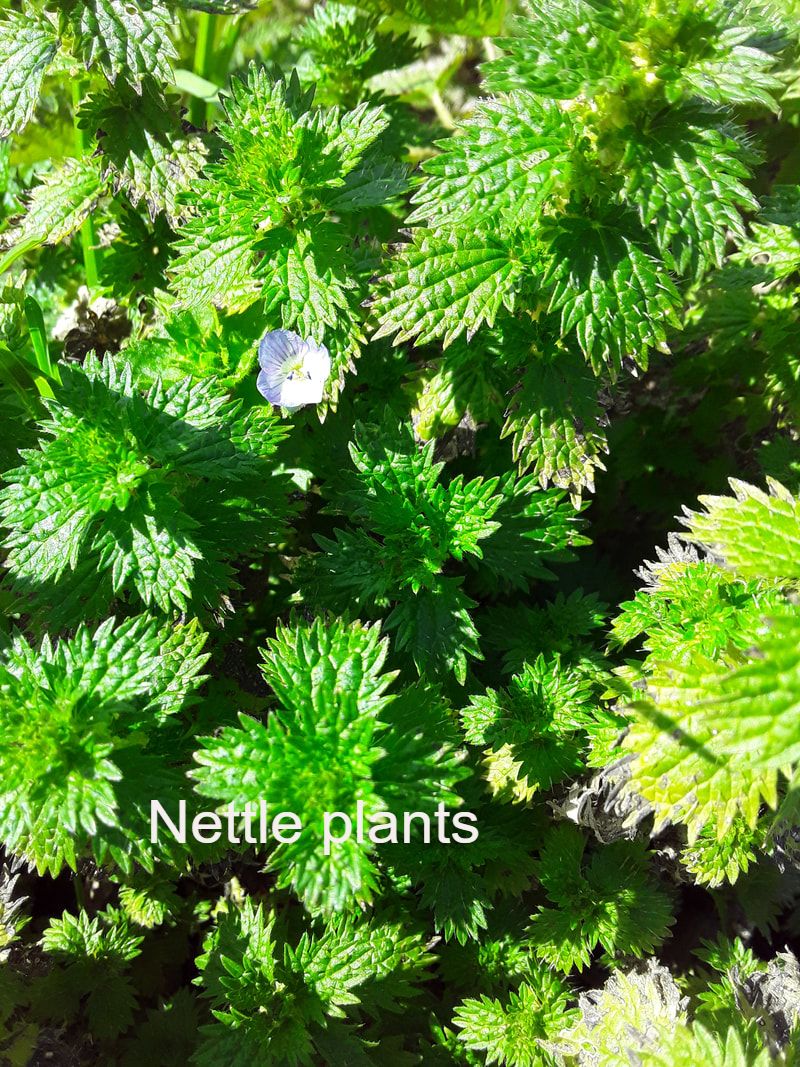
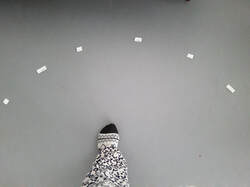
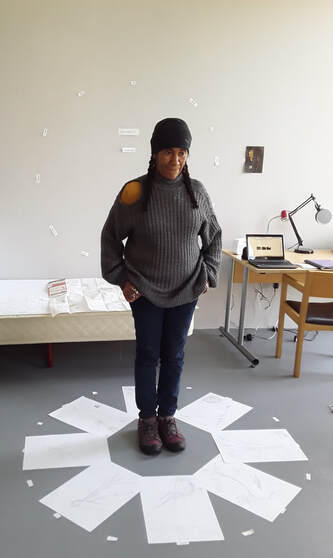
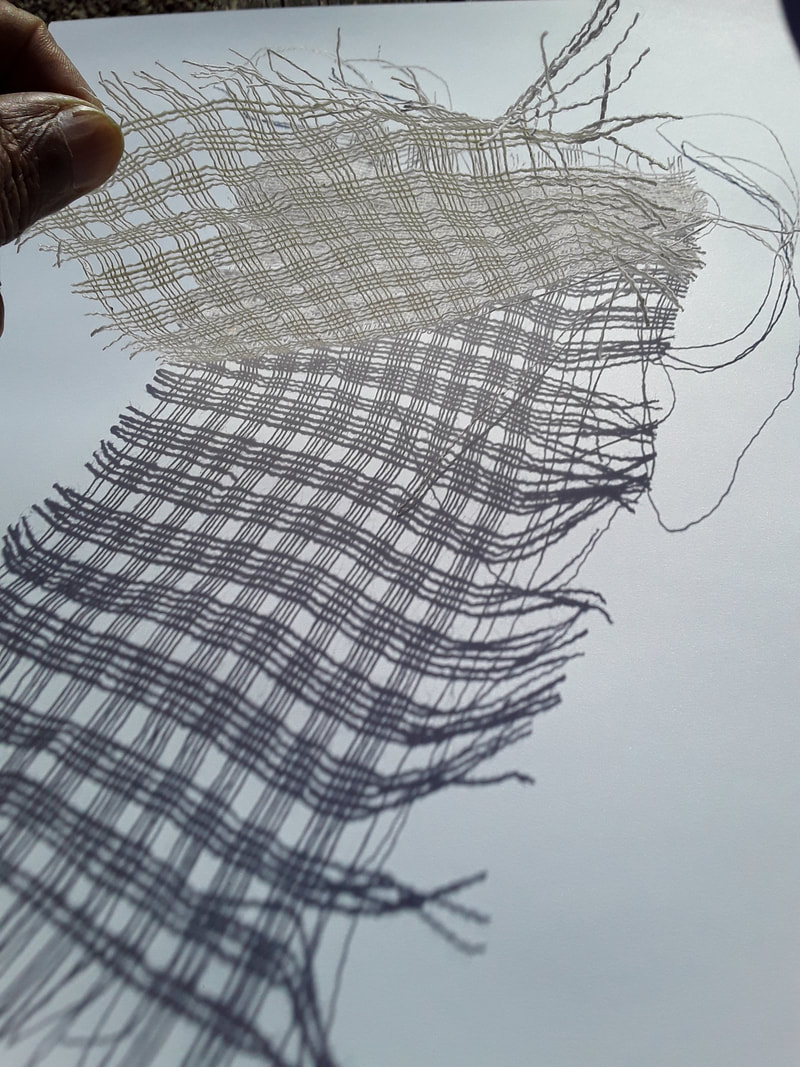
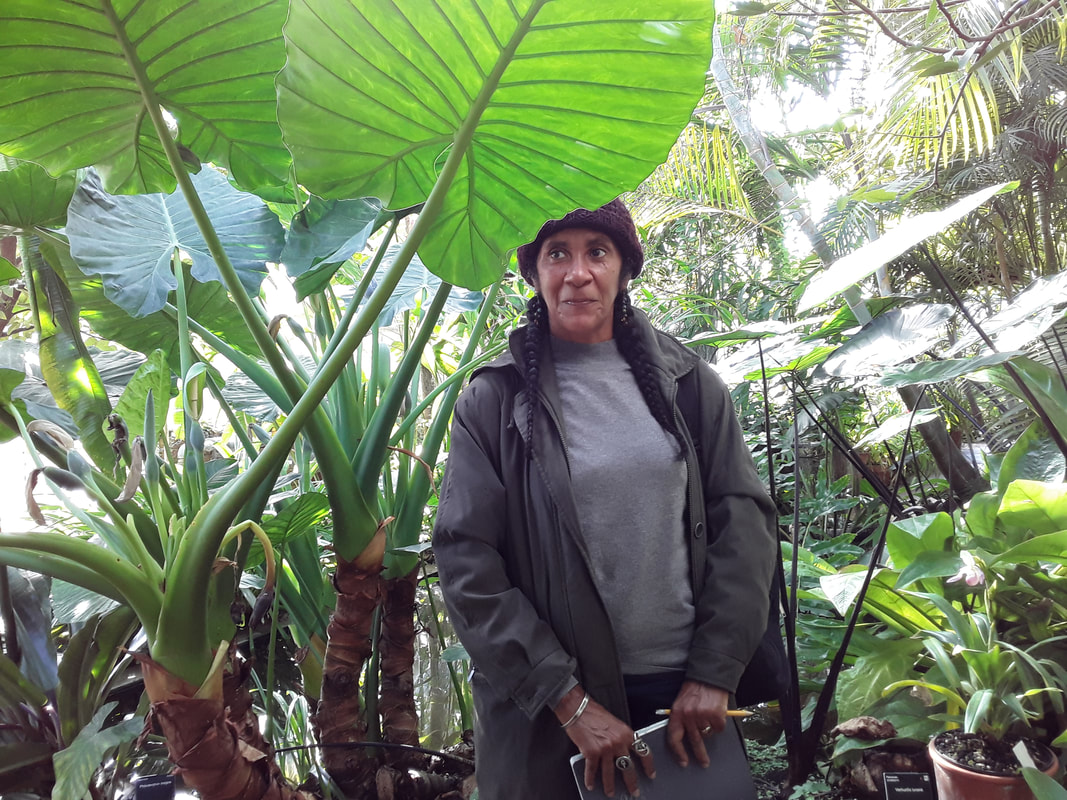
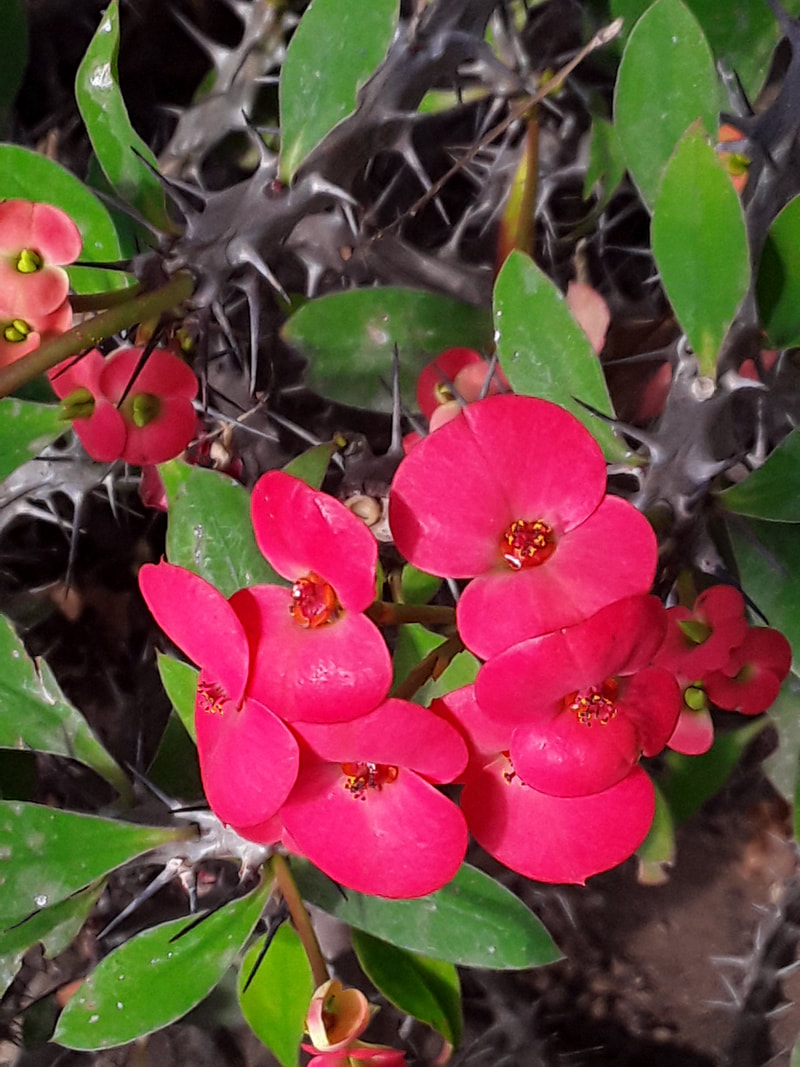
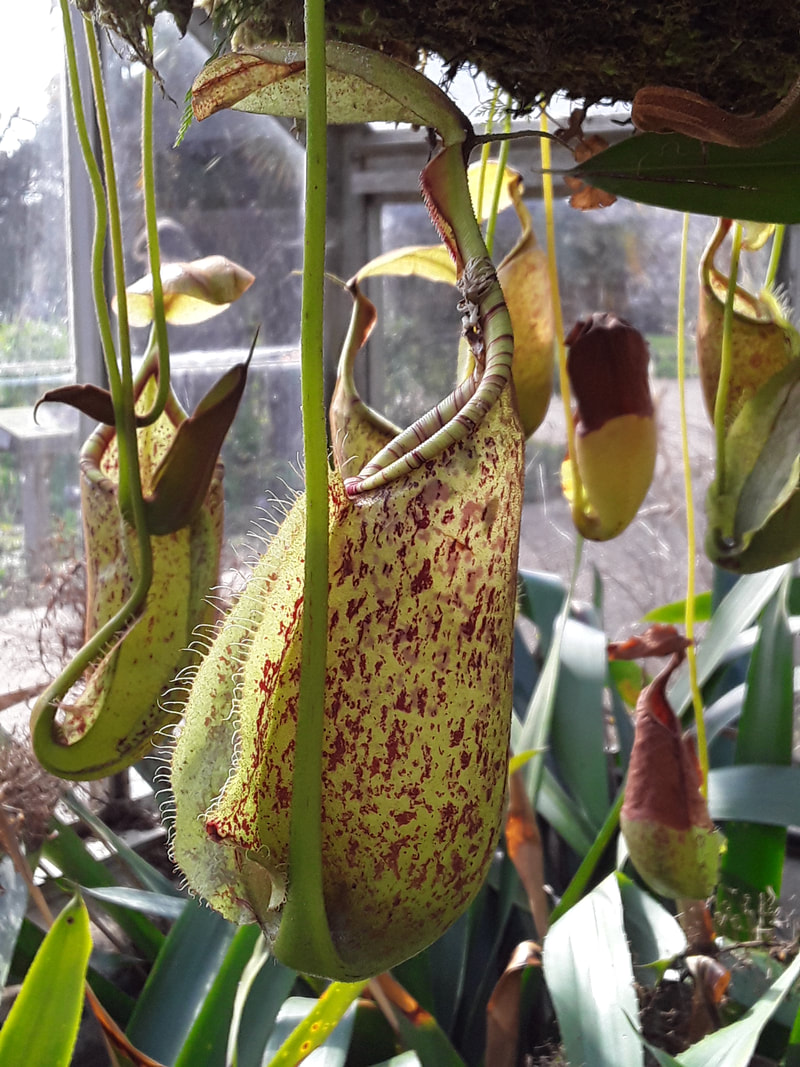
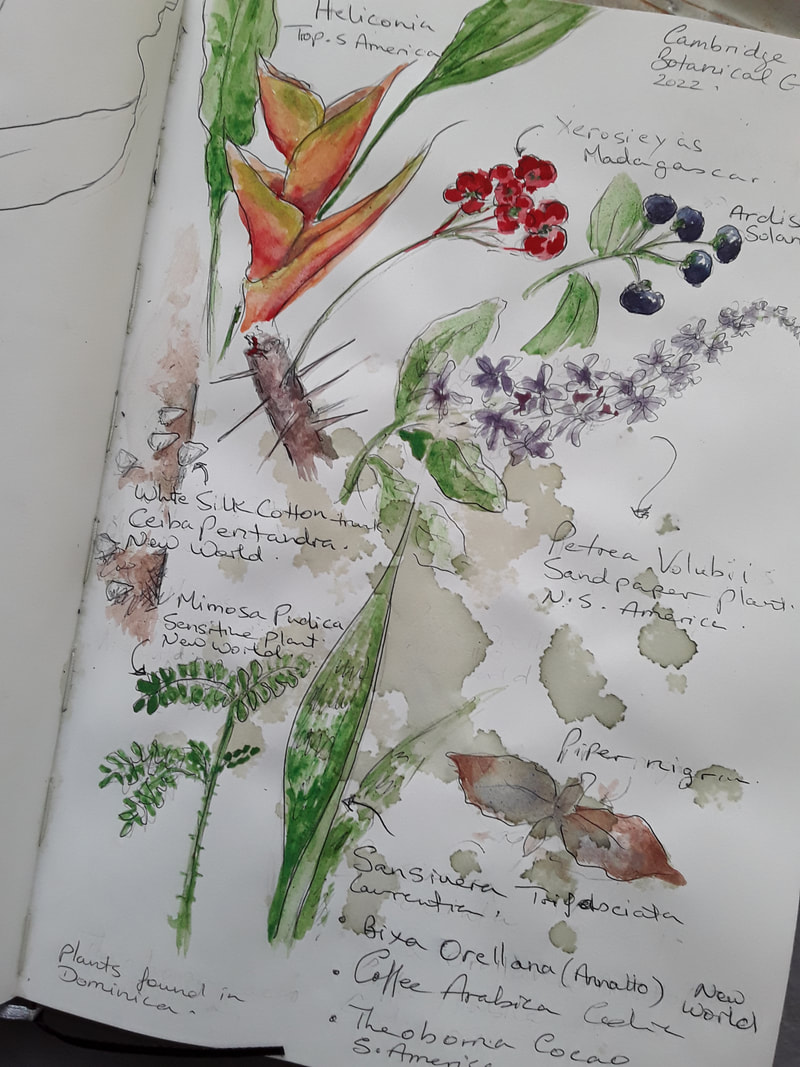
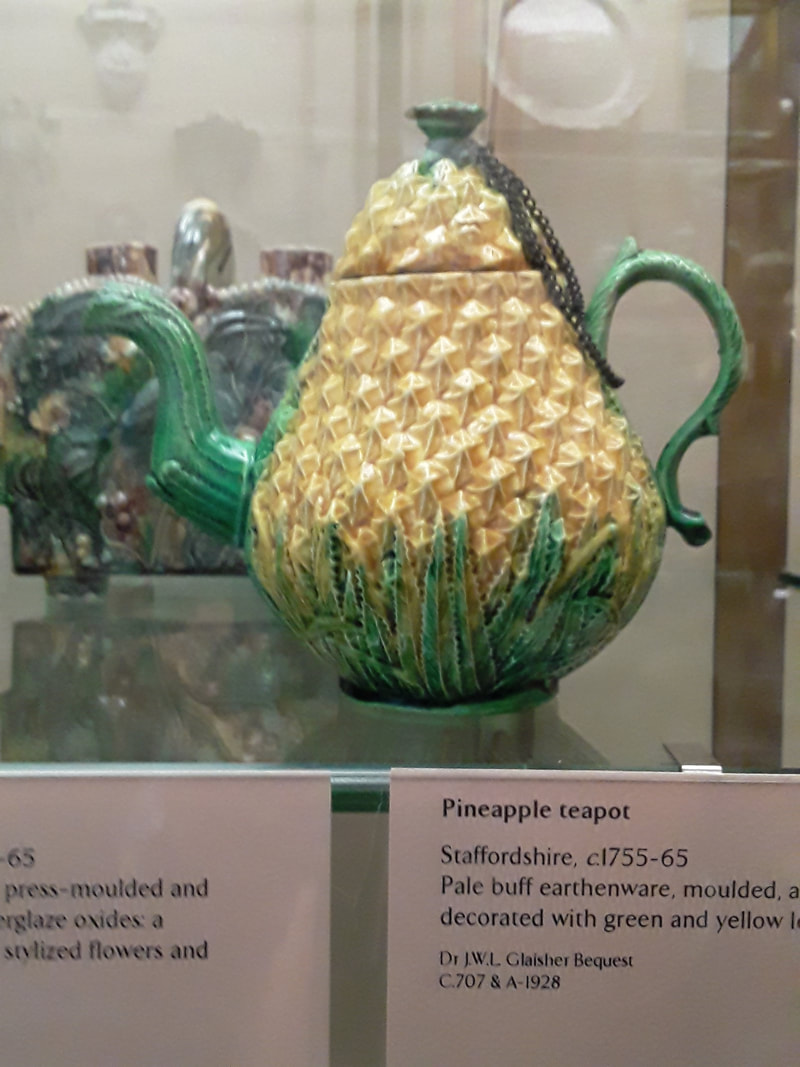
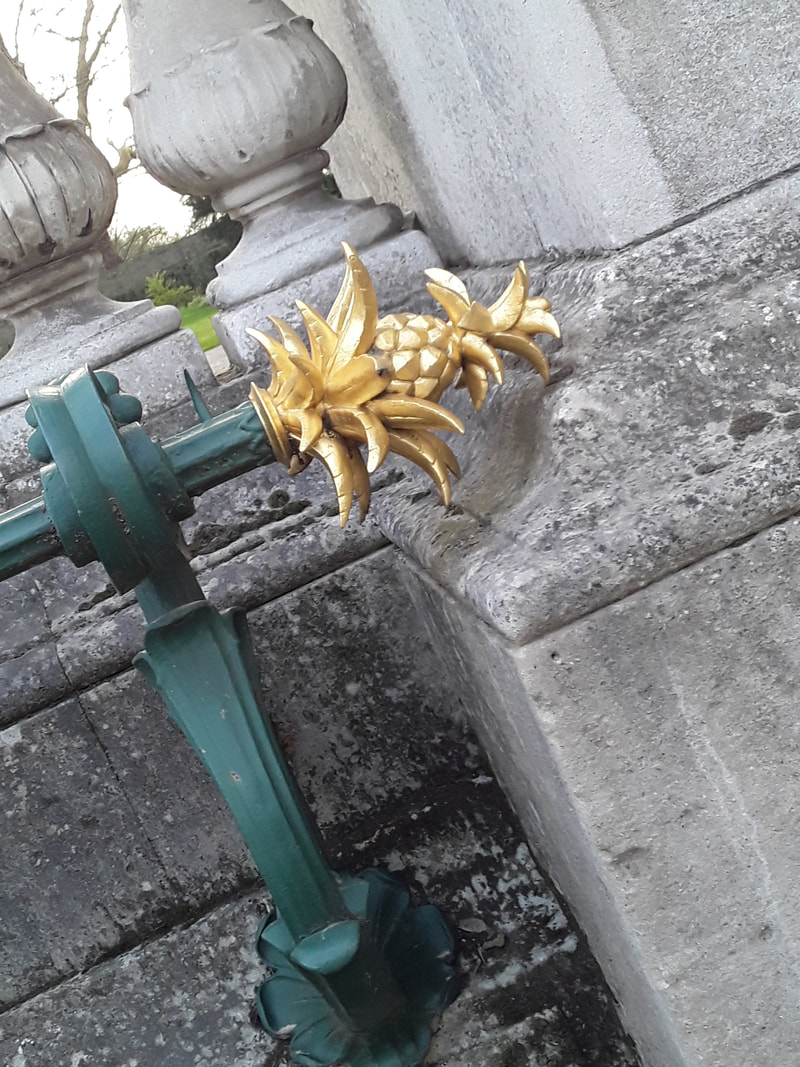
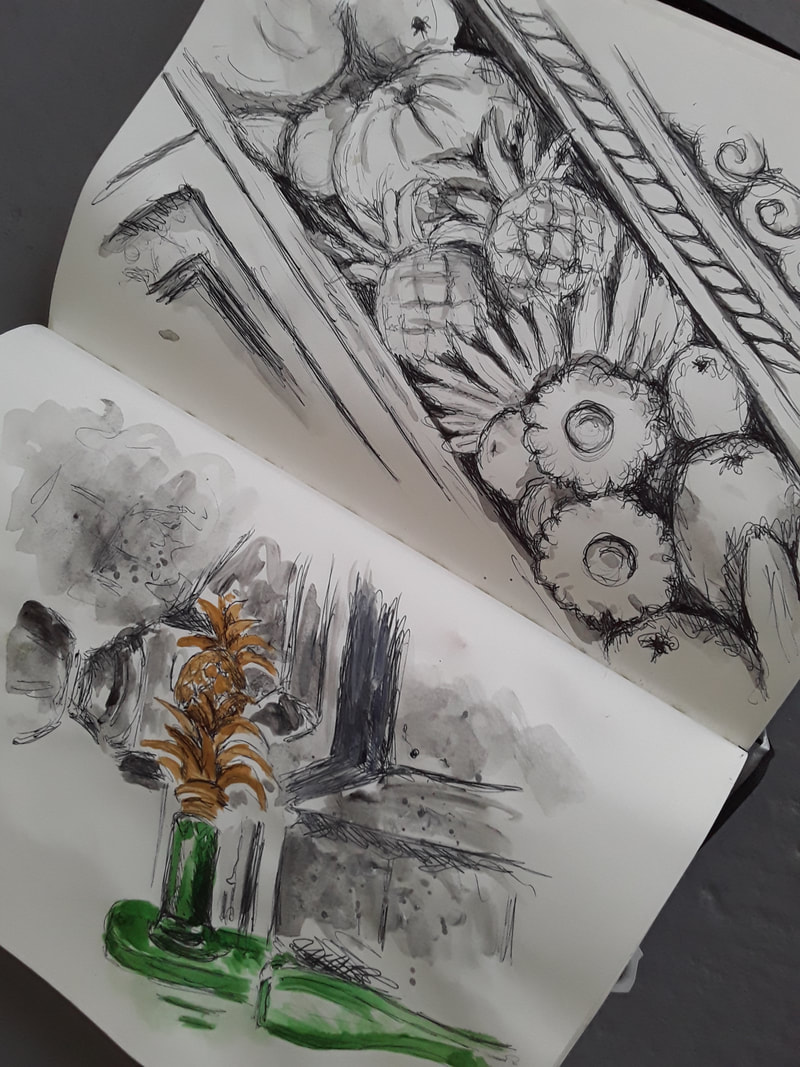
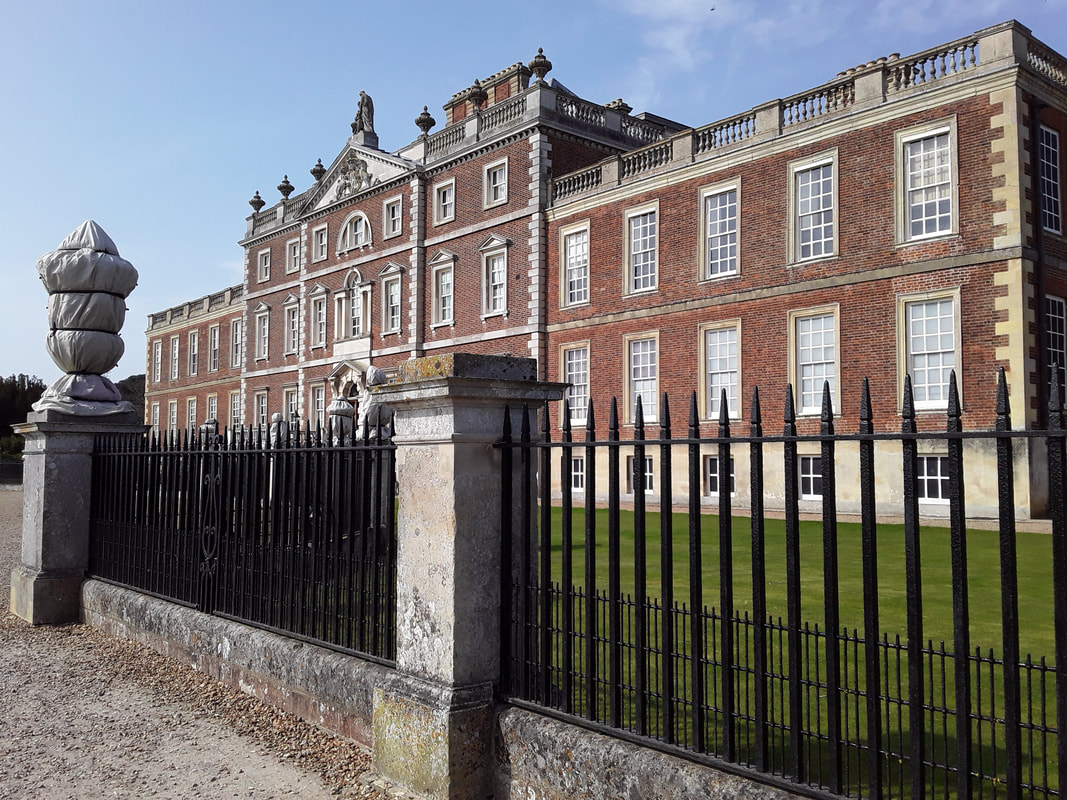
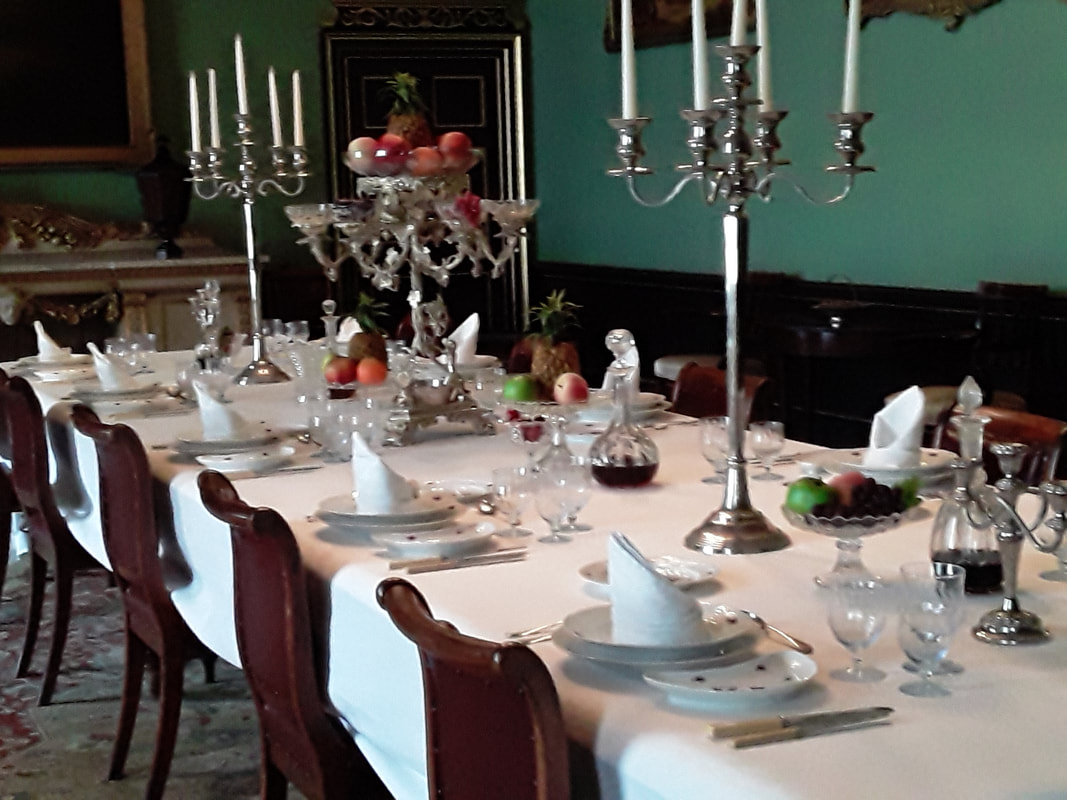
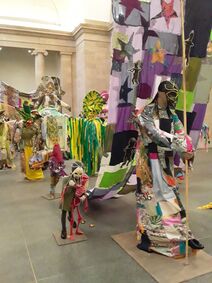

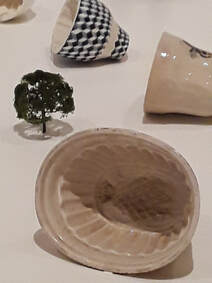
 RSS Feed
RSS Feed